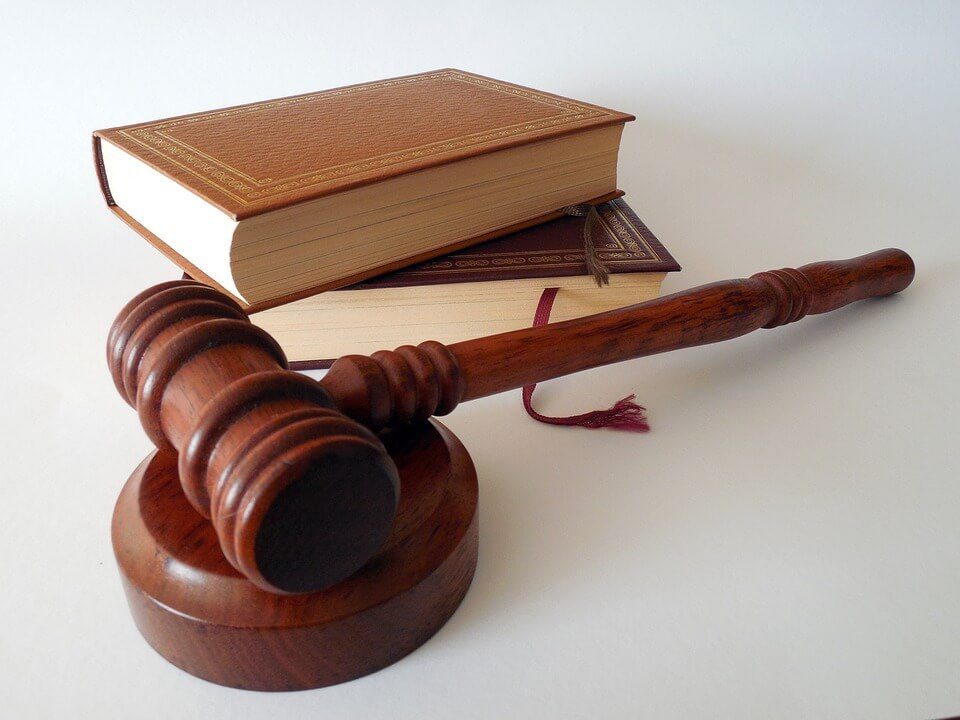Table of Contents
Toggle
On August 10, 2022, the Biden Administration signed the Camp Lejeune Justice Act (CJLA) into law. The CJLA allows military members and their families to sue and recover damages due to exposure to contaminated water at Camp Lejeune in Jacksonville, North Carolina.
This act extends to military members and their families stationed at Camp Lejeune for at least 30 days between August 1, 1953, and December 31, 1987.
If you are suffering adverse health effects due to water contamination at Camp Lejeune or other sources, it’s essential to understand the wrongful contamination lawsuit process.
Types of Water Contamination
According to ClearlyFiltered, if you reside in the U.S., there is almost a one-in-four chance your tap water might be unsafe to drink or has not been properly checked for contamination in accordance with federal law.
The Safe Drinking Water Act defines contamination as “any physical, chemical, biological, or radiological substance or matter in water.”
Because this is a very broad definition, contaminants being present does not necessarily mean drinking “contaminated” water poses a health risk.
Some contaminants found in drinking water may be harmful if consumed above certain levels, while others may not. The Contaminant Candidate List (CCL) shows which unregulated drinking water contaminants should be investigated further because of health risks.
As defined by the United States Environmental Protection Agency, there are four different categories of drinking water contamination:
- Physical: Contaminants affect the physical appearance or properties of water. An example of physical contamination is sediment in the water.
- Biological: Also referred to as microbiological contaminants or microbes, this contamination occurs when organisms like bacteria or viruses grow in the water.
- Chemical: Naturally occurring or manufactured elements or compounds are present in the water. Examples include pesticides or nitrogen.
- Radiological: This occurs when the chemical elements in drinking water contain an unbalanced amount of protons and neutrons, creating unstable atoms that emit ionizing radiation. Common radiological contaminants include plutonium and cesium.
Sources of Water Contamination
There is a multitude of ways that drinking water can become contaminated. For example, it’s believed that Camp Lejeune’s water became contaminated due to an onsite dry cleaning business not properly disposing of the harmful chemicals they used for daily operations.
Water can be contained with germs and chemicals at the water’s source or even while the water is going through a distribution system.
According to the CDC, common sources of water contamination include:
- Sewer overflows
- Chemicals and minerals like radon, arsenic, and uranium that are found naturally in soil and rocks
- Issues in distribution systems like cracks in water pipes
- Wildlife
- Sewer overflows
- Pesticides, fertilizers, or other chemicals that were used on nearby land
- Large industrial animal farms
- Stormwater
The CDC also states that certain demographics are more likely to get sick from contaminated water, including:
- Elderly adults
- Infants
- Young children
- Pregnant people
- People with weakened immune systems
Health Risks of Water Contamination
Many common health risks are associated with water contamination at Camp Lejeune, including adverse neurobehavioral effects.
If you or a family member lived at Camp Lejeune for at least 30 days between August 1, 1953, to December 31, 1987, some common health issues you may be at risk of developing include:
- Kidney cancer
- Liver cancer
- Esophageal cancer
- Cervical cancer
- Bladder cancer
- Breast cancer
- Scleroderma
- Myelodysplastic syndromes
- Hepatic steatosis
- Multiple myeloma
- Renal toxicity
The above health issues are not associated with all cases of water contamination. Other common health risks associated with water contamination include:
- Hepatitis A
- Cholera
- Diarrhea
- Typhoid
- Dysentery
- Polio
How to File a Wrongful Contamination Lawsuit
The first step you should take in filing a wrongful contamination lawsuit is to find out if you’re eligible. Eligibility will vary depending on your exact circumstances, but if you are dealing with an illness after residing or interacting with an area where water contamination has occurred, your next step should be to hire a water contamination attorney.
Once you have hired a water contamination attorney, they will help you with the following:
- Collect evidence
- Complete all necessary forms and documentation
- Find the right court to file your lawsuit
- Serve the necessary documents to the defendants
- Defend you in court, if necessary
The exact steps of your water contamination lawsuit may vary, depending on your circumstances.
Leav & Steinberg LLP Can Help You With Your Camp Lejeune Water Contamination Claim
Do you need assistance with your Camp Lejeune water contamination claim?
The New York attorneys at Leav & Steinberg LLP do whatever we can to accommodate our Camp Lejeune clients, including visiting them at their homes. Our team of experienced New York attorneys will take every step possible to ensure you get the compensation you deserve.
Request your free consultation to learn how we can help you with your Camp Lejeune water contamination claim.








